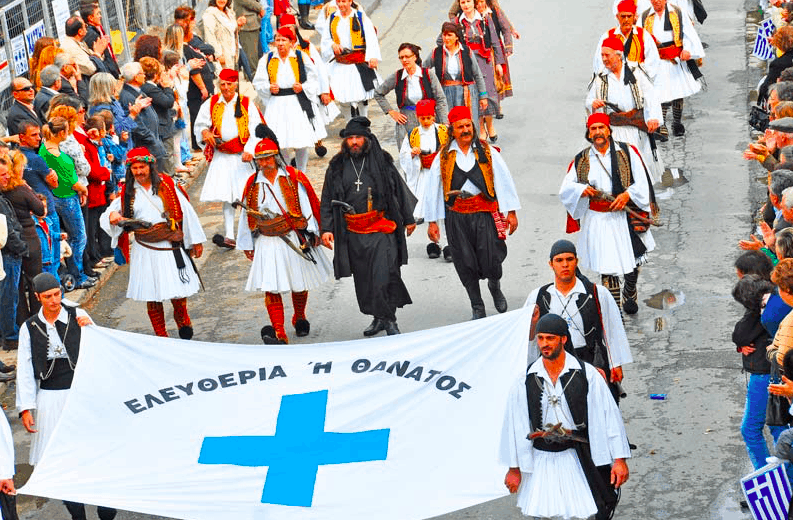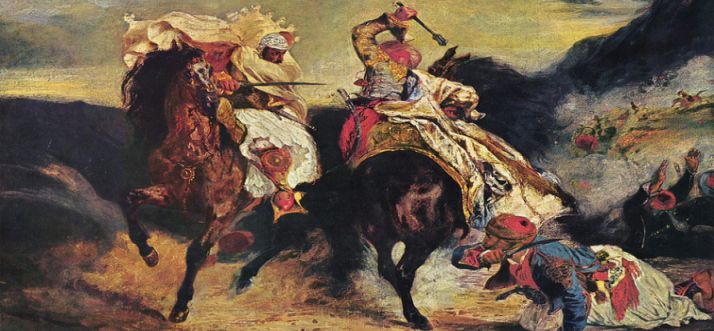
On September 23rd, 1821, the rebellious Greeks won a significant victory against the Turks, which led the way to the final liberation of Greece from the Ottomans.
The siege and the fall of Tripolitsa was an idea earlier conceived by the great Greek general Theodoros Kolokotronis, because he calculated that this would be a heavy blow for the Turks and would certainly give a major advantage to the Greeks, since Tripolitsa was the administrative hub of the Ottoman Empire in Morias (the Peloponnese) and home to probably half of the Turkish population of the district. The siege of Tripolitsa was decided on April 1821 and began the following month.
Before the uprising, Tripoli was the administrative, economic and military centre of the Peloponnese. The city was enclosed by walls, with high towers and large iron-clad gateways. At the start of the uprising, the council of chieftains was bent on the seizure of Tripoli because it was an important military city and because it would be an irreparable blow to the staggering Ottoman Empire.

During the end of the 17th century, the city was populated with over 20,000 residents and was under the Ottoman occupancy. Around 1770, the Ottomans punished the Christians of the city by killing around 3,000 people and destroying their properties. Gradually Tripoli became the most powerful military base of the Ottomans in Southern Greece.
In April of 1821 Greeks attacked the Ottomans and the siege of the city started. According to Kolokotronis memoir, thousands of Ottomans died during the battles while only 100 Greeks died from the Greek revolutionaries. The siege ended on 23rd of September of the same year after 3 days of bloodshed. These events are known as the “Fall of Tripolitsa”.
Some of the top revolutionaries that took part in the siege, were: Kolokotronis, Nikitaras, Bouboulina, Kefalas, Mavromihalis, Giatrakos, Anagnostaras and Lontos.
On the 23rd of September 1821, the Greek Revolutionaries entered through the Door of Nafplio into the metropolis of the Peloponnese.
Given the brutal massacre by the Turks in Aegean and elsewhere Kolokotronis gave orders that there should be no survivors.
The anniversary of the heroic liberation of Tripolitsa is gloriously honoured every year with events that go on for many days in the presence of high officials and a massive crowd.
September 23rd is now a day of celebration for Tripoli, commemorated by a service of thanksgiving and parades. These celebrations include a Divine Liturgy and an Archieratical Doxology held at Agios Vasileios Church of Tripolis, followed by a celebratory speech, a memorial service and a wreath-laying ceremony in the tomb of the Bishops and dignitaries, a parade in the centre of Tripolitsa and finally, traditional dancing in the main square.

